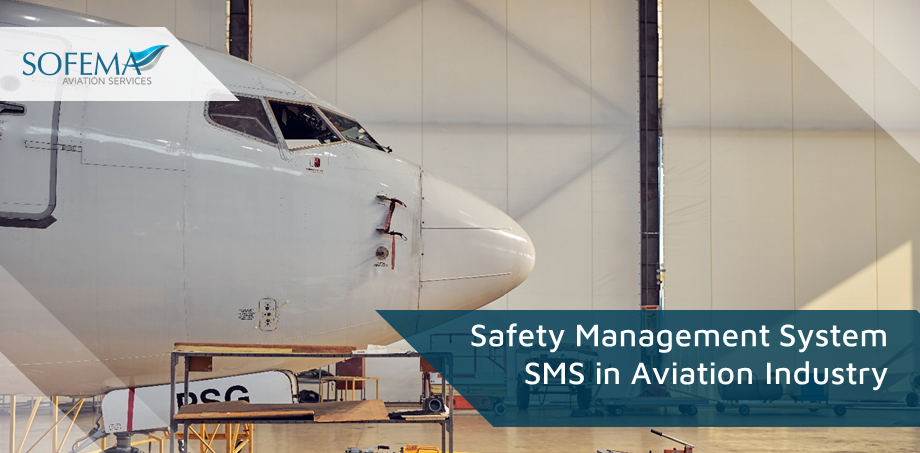Comments by Sofema Aviation Services (SAS) www.sassofia.com concerning the multiple challenges, faced by our industry, including the obligation to comply with a significant regulatory burden. Other initiatives abound introduced by for example IATA (IOSA) and other niche compliance & Safety Management System SMS drivers (ISBAO & ISBAH for business operators).
Aviation Safety Management Systems (SMS) are critical for ensuring the safety and reliability of operations within the aviation industry. The challenges faced by the aviation industry’s SMS are multifaceted and continuously evolving.
Here’s a review of the major points related to current industry exposure and challenges:
Compliance with Regulatory Burden
· The aviation industry is heavily regulated to ensure the highest levels of safety are maintained. Compliance with these regulations creates a significant burden on industry players, requiring extensive resources to meet the standards set by various regulatory bodies.
Initiatives Beyond Regulations
· In addition to statutory regulations, there are industry-led initiatives like the IATA Operational Safety Audit (IOSA) which introduce their own set of standards and requirements.
· These programs aim to promote safety beyond the minimum regulatory requirements and are often seen as benchmarks for airline operational safety.
Niche Compliance and SMS Drivers
· For specific sectors within the aviation industry, such as business aviation, there are tailored programs like the International Standard for Business Aircraft Operations (IS-BAO) and the International Standard for Business Aircraft Handlers (IS-BAH).
· These standards focus on the particular needs and operational realities of their respective sectors, adding another layer of compliance.
Proactive Risk Management
· Safety Management Systems in aviation have shifted from a purely compliance-based approach to a proactive risk management strategy. This involves forward-looking techniques to identify and mitigate risks before they lead to safety incidents.
Forward-Looking Techniques
· The modern Safety Management System SMS emphasizes the identification of potential exposure to hazards through data gathering and analysis. This approach involves looking ahead to anticipate and prevent incidents, rather than solely reacting after they occur.
Data Gathering
· A key aspect of contemporary SMS is the collection and analysis of data from all available sources to monitor safety trends and indicators. This data-driven approach allows for a more scientific and precise evaluation of risks.
Evaluating Exposure to All Perceived Hazards
· SMS aims to identify all possible hazards—no matter how unlikely they may seem—to ensure that all bases are covered. This comprehensive approach to risk evaluation helps to ensure that nothing is overlooked.
In summary, the aviation industry’s SMS faces challenges due to the complexity and depth of regulations, the need to integrate various initiatives, and the shift towards a more proactive and data-driven safety culture. Addressing these challenges requires constant vigilance, adaptation, and a commitment to safety from all stakeholders within the industry.
Next Steps
Follow this link to our Library to find & download related documents for Free.
Please see www.sassofia.com and www.sofemaonline.com for comments & questions please email team@sassofia.com
Tags:
Aviation Industry, Compliance, Data Gathering, Hazards, IATA, IATA Operational Safety Audit (IOSA), industry players, International Standard for Business Aircraft Handlers (IS-BAH), ISBAH, regulatory bodies, Risk Management, Safety Management System SMS, SAS blogs




